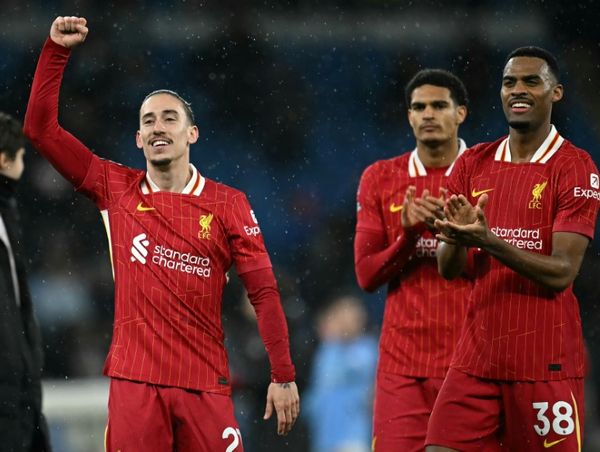
Retailers are bracing themselves after a sharp fall in December spending was expected to be the prelude to a tough year ahead as consumers grapple with the impact of higher taxes and rising energy bills.
Hopes of bumper Christmas trading were dashed as the arrival of the Omicron variant prompted a more cautious mood among shoppers and led to a 3.7% monthly drop in retail sales.
Although anti-pandemic measures are now being eased across the four countries of the UK, the British Retail Consortium said the problems facing its members were far from over.
“Customers face strong headwinds in 2022, with energy prices and national insurance contributions both set to rise”, said Helen Dickinson, the BRC’s chief executive.
“The remaining disposable income also faces greater competition from a resurgence in tourism, eating out, sport and live music. Rising inflation is reducing consumer demand while increasing the costs for businesses.”
Official figures show that in a key month for retailers, there was an across-the-board slump in spending including food, clothing and footwear, household goods and department stores.
Retailers had seen some Christmas spending brought forward to November when a 1% monthly rise was helped by Black Friday bargains.
Even so, the December fall was much sharper than the 0.6% drop forecast by the financial markets.
Bethany Beckett, a UK analyst at Capital Economics, said: “The huge 3.7% month-on-month fall in retail sales in December was much bigger than we and the consensus had expected and supports our view that the surge in Omicron Covid-19 cases in the run-up to Christmas may have dragged down GDP by 0.5% month on month, if not more.”
Beckett added that the 4.7% monthly drop in fuel sales was consistent with people staying at home rather than risking a trip to the high street.
The Office for National Statistics (ONS) said the monthly fall in the last month of 2021 still left retail sales 2.6% above their pre-pandemic level in February 2020.
In 2021 as a whole, the volume of retail sales rose by 5.1%, the highest annual growth since 2004, but the ONS said the figures should be treated with caution because of the fall in high street activity during 2020.
Over the three months to December 2021, considered by the ONS to be a better guide to the trend than monthly comparisons, retail sales volumes were down 0.2% on the previous quarter, and 0.9% lower than in the final three months of 2020.







